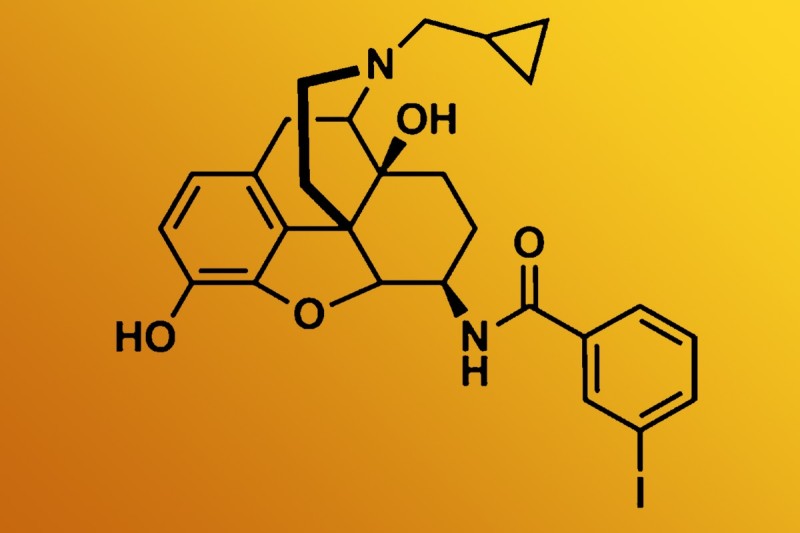
A Memorial Sloan Kettering study suggests that in the future, researchers might be able to create a new type of pain medication that could prevent patients from experiencing many side effects of currently available drugs. The research, performed in mice, was reported in the journal Proceedings of the National Academy of Sciences on December 6.
Chronic or severe pain — whether caused by cancer or by other conditions such as a pinched nerve, arthritis, or injury — is often treated with opioids, a class of drugs that block the transmission of pain signals to the brain. Opioids can also generate emotional responses such as euphoria and relaxation, making a patient’s experience of pain less burdensome.
But pain relief may come at a price.
“Currently available opioids, such as morphine and oxycodone, can cause a number of side effects that limit their utility, including physical dependence, respiratory problems, and sedation,” says neurologist Gavril W. Pasternak, who led the study. He heads a laboratory in the Molecular Pharmacology and Chemistry Program of the Sloan Kettering Institute.
Dr. Pasternak and his colleagues are now hoping that a new opioid derivative, which they have generated and studied in the laboratory, could be developed into a painkiller that retains the beneficial properties of opioids while avoiding their drawbacks.
Their research indicates that the new compound blocks pain effectively without causing physical dependence or other side effects characteristic of currently available opioids.
Many traditional opioids work by binding to a protein called the mu opioid receptor, which is present in the nervous system. The new derivative acts on a truncated, or shortened, version of this protein — a drug target to which few scientists have paid attention in the past, Dr. Pasternak notes.
“The truncated protein is not active on its own and was therefore assumed to be biologically irrelevant,” he explains. “But our research has revealed that it can couple with other receptors to generate new drug targets with different pharmacological properties. This ability to couple to other receptors produces a variety of pain receptors with unique therapeutic potential.”
He is hopeful that these findings will point future research toward unexplored areas of pain biology and lead to the development of new opioid compounds for therapeutic targets that have not yet been explored.
